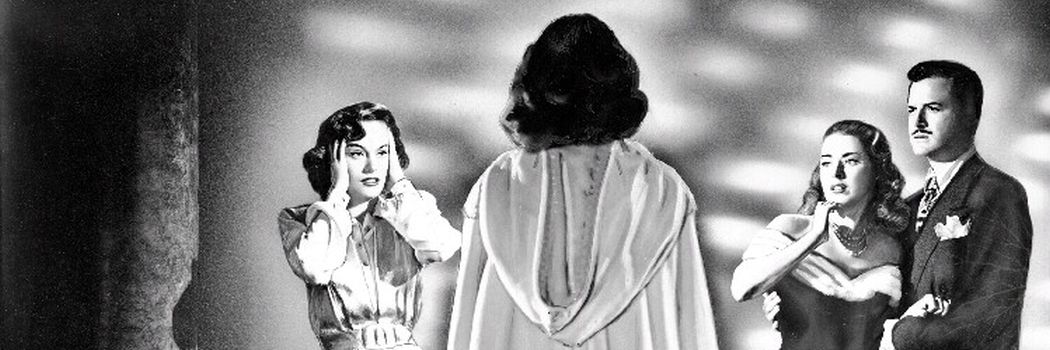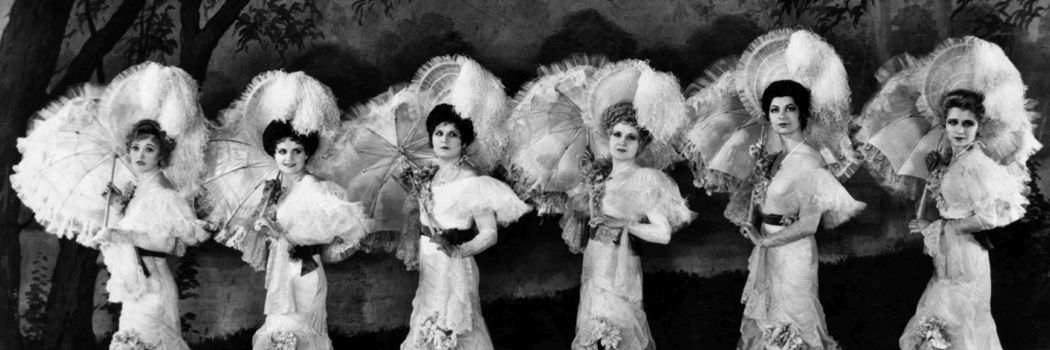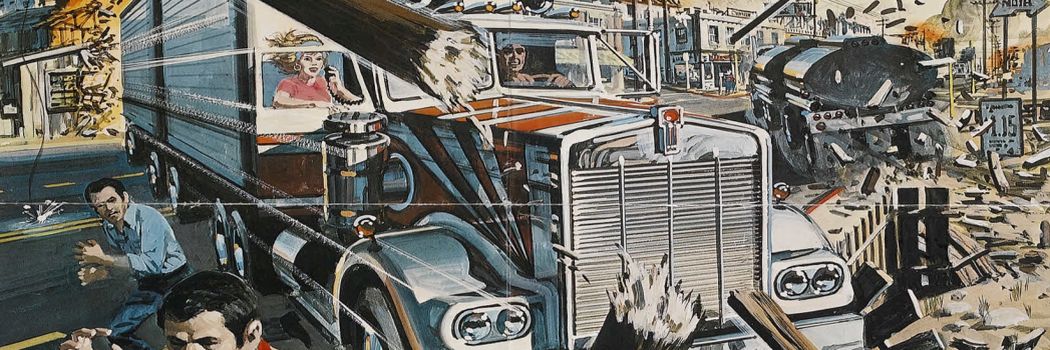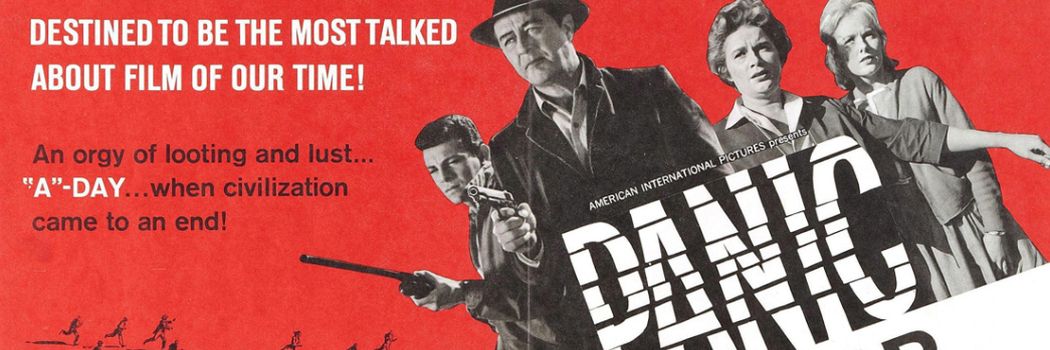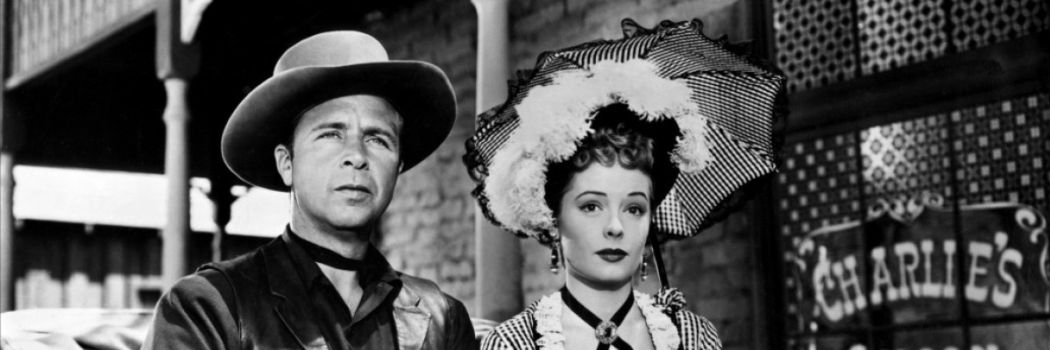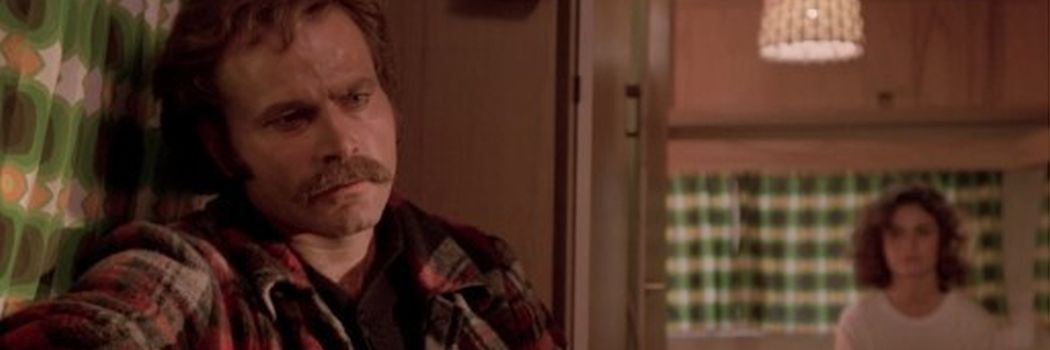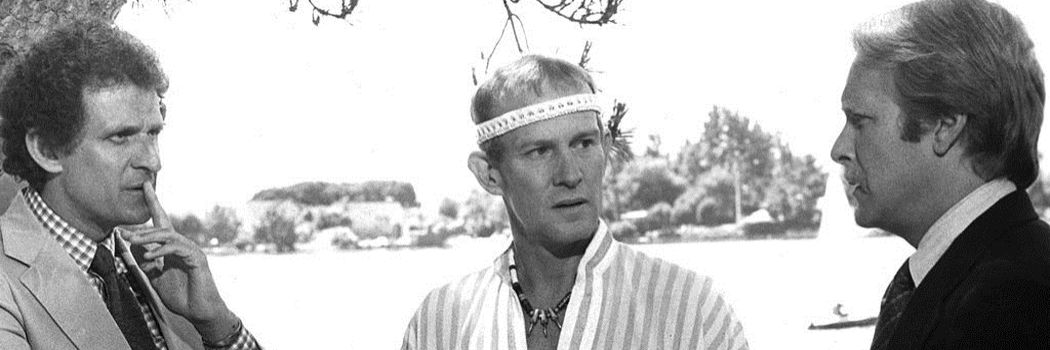Because 1962 was still in the grips of the 1950s, Panic in Year Zero touts the benefits of survival through rampant commercialism. Harry, who very sensibly takes about a thousand bucks in cash with him on fishing trips, soon realizes that there’s nothing in L.A. to go back to, and money is all they’ve got to help them survive. He systematically purchases guns, gas and food… or at least tries to, but is thwarted at every turn by raging selfishness, like when a hardware store owner doesn’t want to take his $200 check. Hey, Harry’s just trying to screw the guy over, as is his God-given right. What’s the problem?

